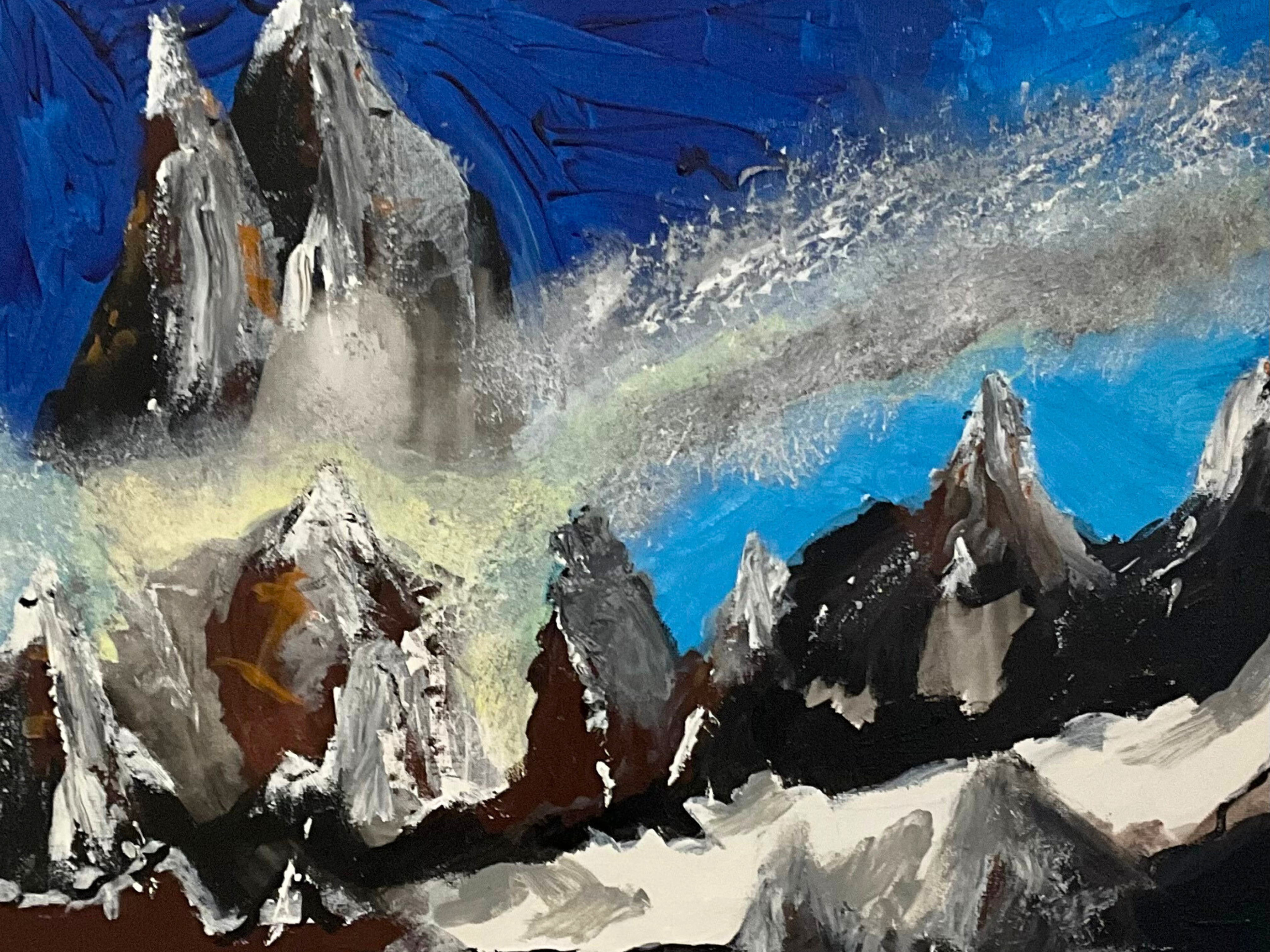Rehabilitation and the potency of Art Therapy as a form of Psychotherapy

Following serious injury or illness, rehabilitation programmes are as individualised as the client themselves.
When it comes to Art Therapy/Psychotherapy, the client may begin to experience this therapeutic space differently to how they do in Clinical and Neuropsychology and other talking therapies.
As a distinct discipline and form of Psychotherapy, Art Therapy utilises instinctual and natural human creativity and expression with art and image making to address certain emotional difficulties relating to existing mental and physical health concerns.
The results of Art Therapy can be potent.
This is because art has the ability to communicate and distil an experience, emotion or thought either abstractly, such as an expressive painting, a metaphor or more definitely, such as an illustration or diagram, symbol; something that can’t be achieved in the same way through verbal communication.
Although Clinical and Neuropsychology and Art Therapy all share fundamental goals and duties regarding the overall aim of treating (and, if possible, improving a client's mental health and wellbeing), they are absolutely disparate in their specific purposes, structures, philosophies, responsibilities, expectations and outcomes, such as diagnosing, formulation and the involvement of broad scientific study.
Art Therapy: more than meets the eye.
Historically, Art Therapy has had its place firmly in Psychiatric Hospitals and in community recovery services, with the National Institute of Clinical Excellence recommending its use as a treatment. But how does its use translate to an intensive rehabilitation setting?

Max Carr
Max Carr
It is a common misconception from clients and professionals working in the rehabilitation sector that Art Therapy is purely about making art and just a ‘nice’ activity to compliment conventional therapies, rather than it being a core therapy. Its value and importance is often misunderstood.
Art Therapy theories are based in relative psychological understandings and Psychotherapeutic methods and technique, humanistic and psychosocial values, along with the imaginative and creative processes that occur during exploring art materials and medias.
Some Art Psychotherapists at times may interpret clinical art works through a Jungian lens, archetypes, metaphor, and symbolism embodied or discovered in any deeper meanings or finer detail of the images produced.
A main aim is creating an emotionally contained and safe environment that is open, self-expressive, reflective, and productive. it is often a private and confidential space called an Art Therapy "studio", traditionally where artists work and images maybe interpreted or felt together.
A fundamental aspect of Art Therapy is that of the therapeutic Triangular Relationship that focuses on the relationship between client/art maker, the image created during sessions and the therapist.
Art Therapy can also be experienced in groups that may focus on group dynamics.
Art Therapy at STEPS Rehabilitation
Clients at STEPS Rehabilitation may have multiple reasons for referrals and admissions, such as poly trauma, brain and spinal injuries and traumatic amputation.
Other complex needs such as PTSD and pre-existing health conditions, all having individual perceptions of the presenting difficulties and challenges that may be affecting them emotionally, or even cause wider mental health concerns that require some form of psychological intervention during rehabilitation.
Art Therapy can provide a supportive or different Psychotherapeutic service for clients who may already be accessing Clinical and Neuropsychology or other Creative Arts Therapies, such as Neurologic Music Therapy.
It can also support clients whilst they are predominantly focussing on physical rehabilitation, such as Physiotherapy, Speech and Language Therapy or Occupational Therapy.
More well-known benefits of Art Psychotherapy can be to help establish a better understanding of self, personal experiences, and circumstances. Allowing a connection of body and mind simultaneously can provide a better sense of recovery.
Art Therapy encourages a form of communication that allows preverbal expression or safety to explore difficult emotions or thoughts that can otherwise be hard or distressing to express or understand through words alone. This can relate to physical or psychological trauma.
Art Therapy offers another language, communicative outlet to an individuals already established attributes, skills, personality, beliefs, passions, concerns, upsets, distress.
Whatever and however a client may need to project or help self-mediate at the time through navigating materials and their own sense of control and autonomy, that might in itself have been altered, compromised or taken away by injury.
Max Carr is a HCPC Registered Art Psychotherapist at STEPS Rehabilitation


